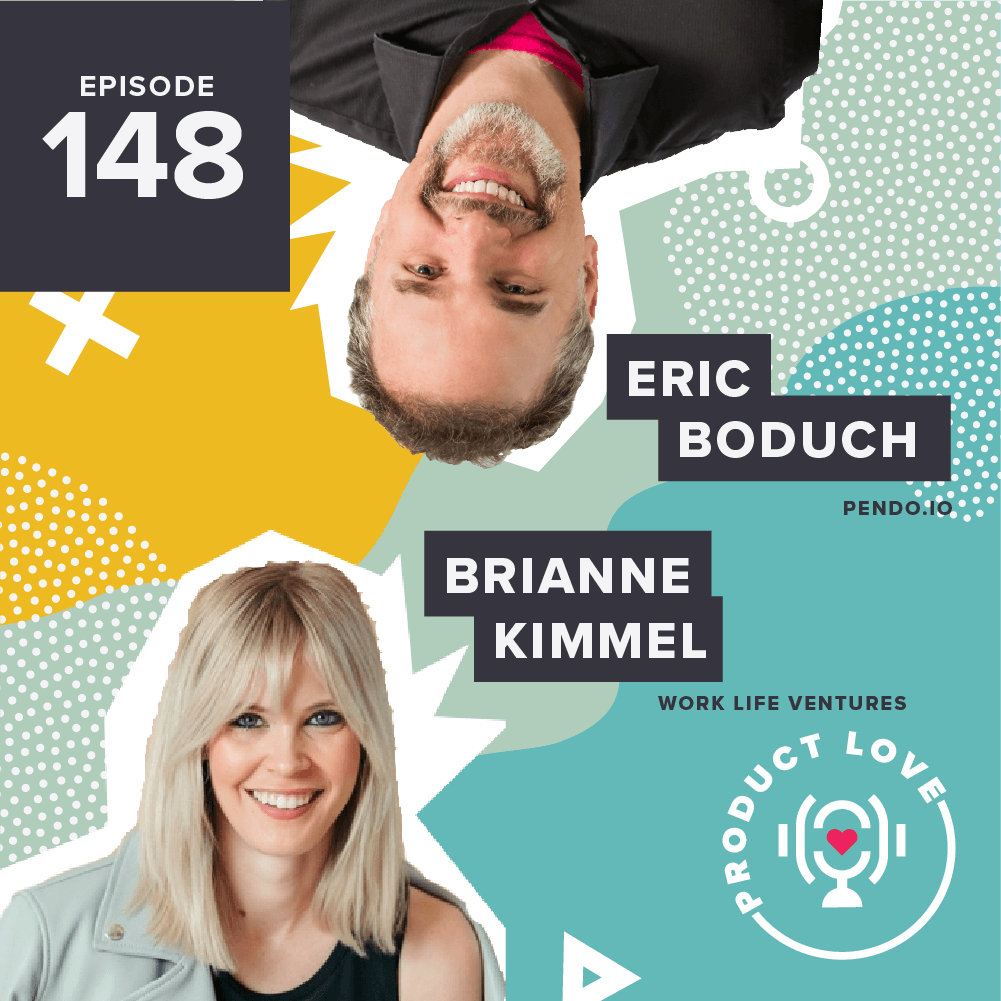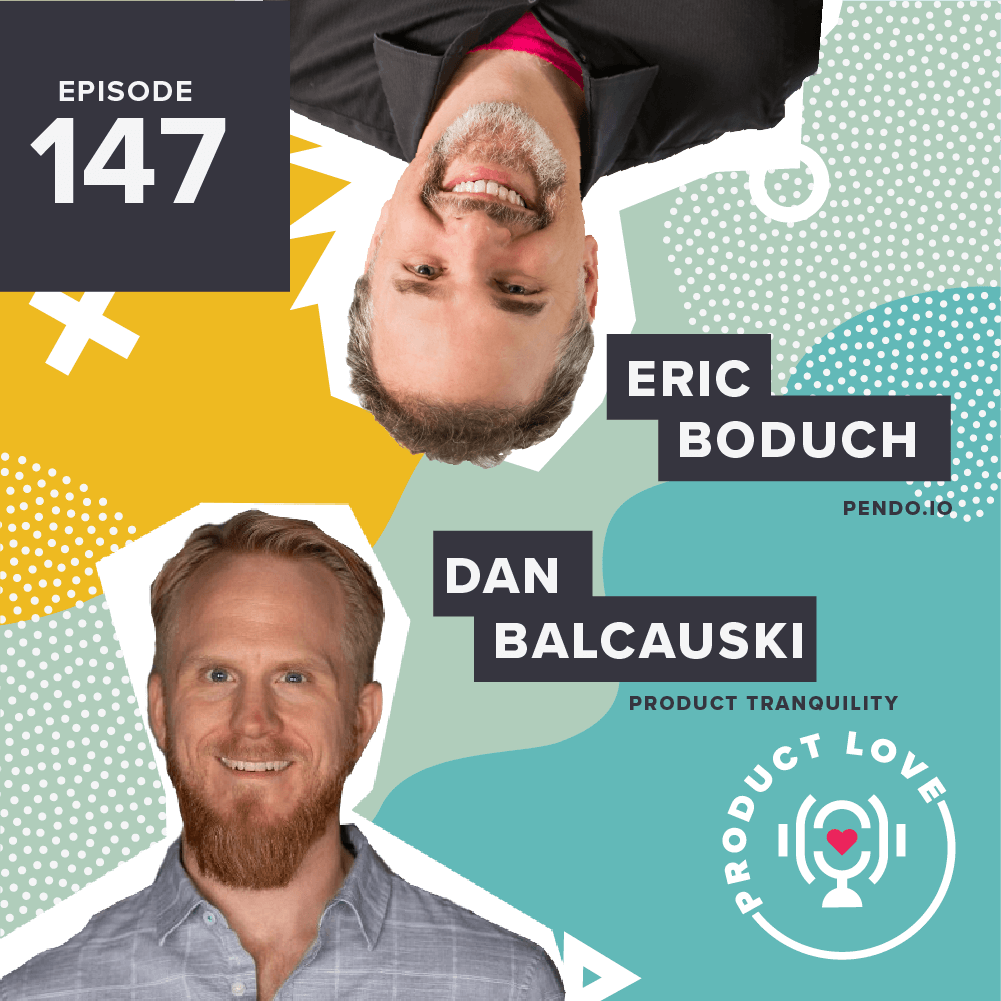Is pricing a dark art? It’s not taught in business schools, nor is it a skill that people are trained on. It evokes a weird kind of sentiment among those involved because it is risky. But luckily, I found someone who could talk about pricing for hours.
This week on Product Love, I talked to Kyle Poyar, the VP of market strategy at OpenView. Before OpenView, Kyle was a consultant at Simon-Kucher. He conducted pricing strategies on everything from diapers to caskets, which, admittedly, are a bit different from SaaS products. As a consultant, Kyle didn’t always see the direct impact of his work. He was interested in a more in-house role that would let him connect with the operations of the company.
On this week’s episode, Kyle and I discuss growth and pricing strategies.
Growth
These days, we see a lot of growth roles emerge from product management. Kyle believes that growth should not fall to a single owner. Instead, growth should be treated as a mindset that all employees need to adopt. Piling all growth-related responsibilities onto a single person encourages siloing of growth initiatives and restricts growth analysis to one individual or department.
But what if growth were part of an organization’s culture? Kyle believes it’s valuable to empower all employees to contribute to growth. He suggests creating cross-functional teams made up of marketers, product managers, sales representatives, and customer success managers, that could analyze the sales funnel and come up with a unique solution. At the end of the day, it’s important to equally encourage everyone to look for gaps, be creative, and look for opportunities for growth.
Pricing
Pricing is a difficult topic. It’s a responsibility that no one is absolutely eager to own, but also a subject that draws a lot of opinions. Product managers aren’t trained on pricing, yet it is an essential aspect of product strategy.
So, how do you approach pricing? You could start by asking pricing-related questions in customer development interviews. Questions like, “What are some alternatives you would consider to solve this problem you have?” might give you some useful information and help you size up the economic value of your product based on the time/money you’re saving the customer. Kyle even suggests going as far as recording sales conversations and listening to how the prospect reacts when you bring up pricing. Are those reactions reserved? Do they not react at all?
Kyle also suggests designing pricing to evolve as customers continue to gain value from the product. As more customers purchase seats and derive more insights from the product, you might adjust your pricing strategy as well.
Curious about what Kyle has to say about pricing? Check out the episode below to hear his thoughts on growth maximization, freemium models, and the effects of behavior/psychology on pricing.
Listen below, and remember to subscribe.


